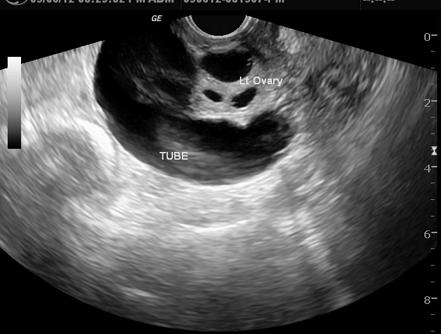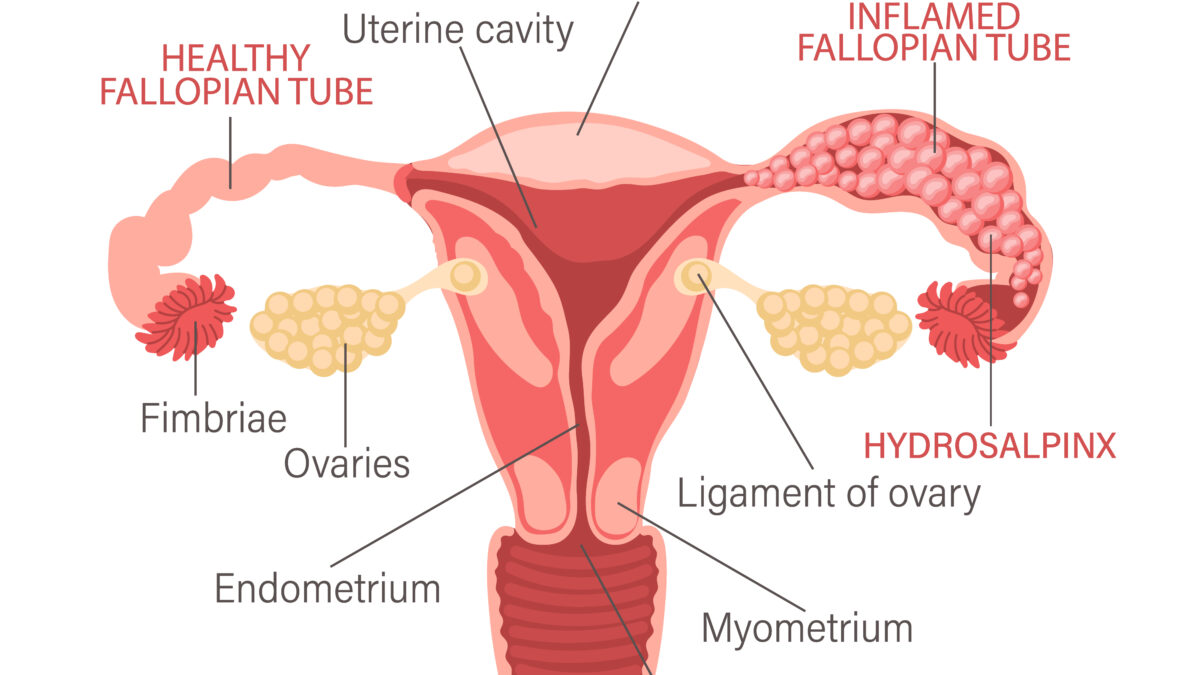- Immediate contact :
- +1-323-988-5889
- info@sonosif.com

Liposuction
October 2, 2020
Ultrasound-guided Radial Arterial Line Placement
October 2, 2020Hydrosalpinx refers to a fallopian tube that’s blocked with a watery fluid. The term Hydrosalpinx is a Greece word, combined with two words “hydro” means water, and “salpinx” means a fallopian tube.
The fallopian tubes normally function to ‘catch’ an egg each month as it is released from the ovary; the tubes are the meeting place for egg and sperm and the mechanism by which the fertilized egg travels to the uterus. Damage to this tiny and delicate passageway can inhibit conception and pregnancy. Hydrosalpinx usually affects both fallopian tubes, (even when only one tube is affected, there is usually some residual damage to the other).
What causes Hydrosalpinx?
Hydrosalpinx commonly results from a long-untreated infection in the fallopian tubes. Several situations may lead to fallopian tube infection, such as:
- The residual effects of prior sexually transmitted diseases such as chlamydia or gonorrhea
- Prior ruptured appendix.
- Excessive tissue buildup due to endometriosis.
There are no obvious symptoms after fallopian tube infection, and most of the pelvic examinations are normal. With the gradual promotion and application of ultrasound diagnostic technology and the improvement of the diagnostic level, the fallopian tube fluid examination under ultrasound has become the current diagnosis of tubal obstruction One of the convenient methods.
Which Ultrasound scanner is suitable for Hydrosalpinx imaging?
Using the Convex and Transvaginal Color doppler Double Head Wi-Fi Ultrasound Scanner CTC-3.1 is highly recommended to our gynecologists’ clients. It uses sound waves to image the tubes and is somewhat safer than HSG and more comfortable. The best view, most of the time, is obtained with a vaginal ultrasound probe.
The transvaginal ultrasound is used by the gynecologist to examine female reproductive organs, includes the uterus, ovaries, vagina, and fallopian tubes, etc… It helps diagnose multiple conditions such as cysts, fibroid, pelvic infection, routine pregnancy, miscarriage, and placenta previa.
A normal fallopian tube is usually not visible; a hydrosalpinx appears as a characteristic sausage-shaped fluid collection between the ovary and fallopian tube.
The wall of the hydrosalpinx is often thick and flat. Ultrasound provides a quick and painless screen of the pelvic organs and is an excellent first assessment of the tubes.
Further, the imaging given by Color Doppler Transvaginal Ultrasound expands the diagnostic capability of pelvic ultrasound and allows for patients to get a more comfortable and convenient modality for dealing with pelvic torment, infertility, or pre-IVF evaluations. Ultrasound is one of the top alternatives for first-line, in the evaluation of the pelvis and female regenerative organs that can also guarantee the best experience and treatment of hydrosalpinx for the patient.

References: Hydrosalpinx Treatment, Hydrosalpinx,





